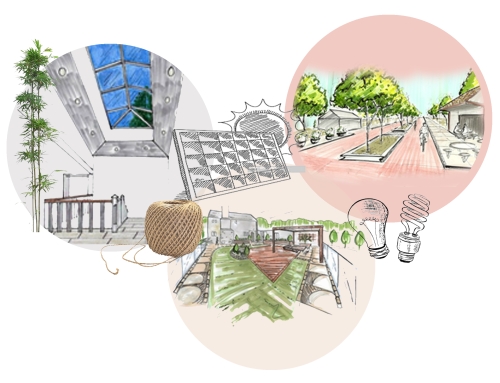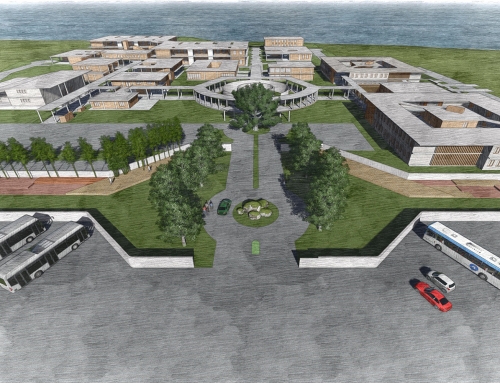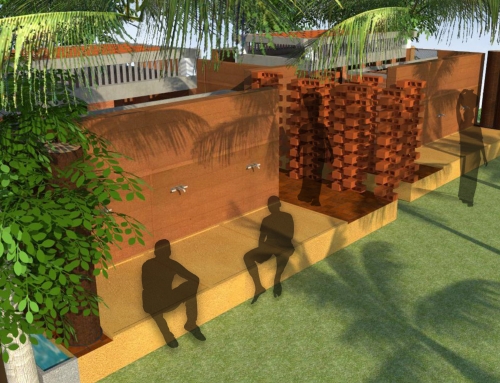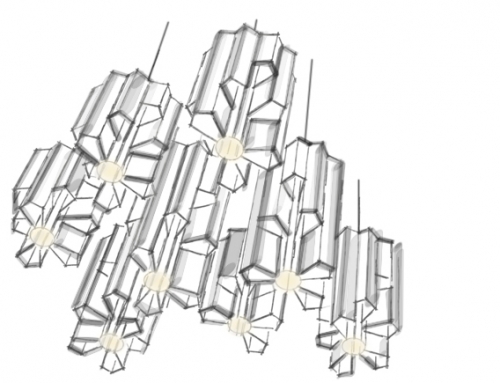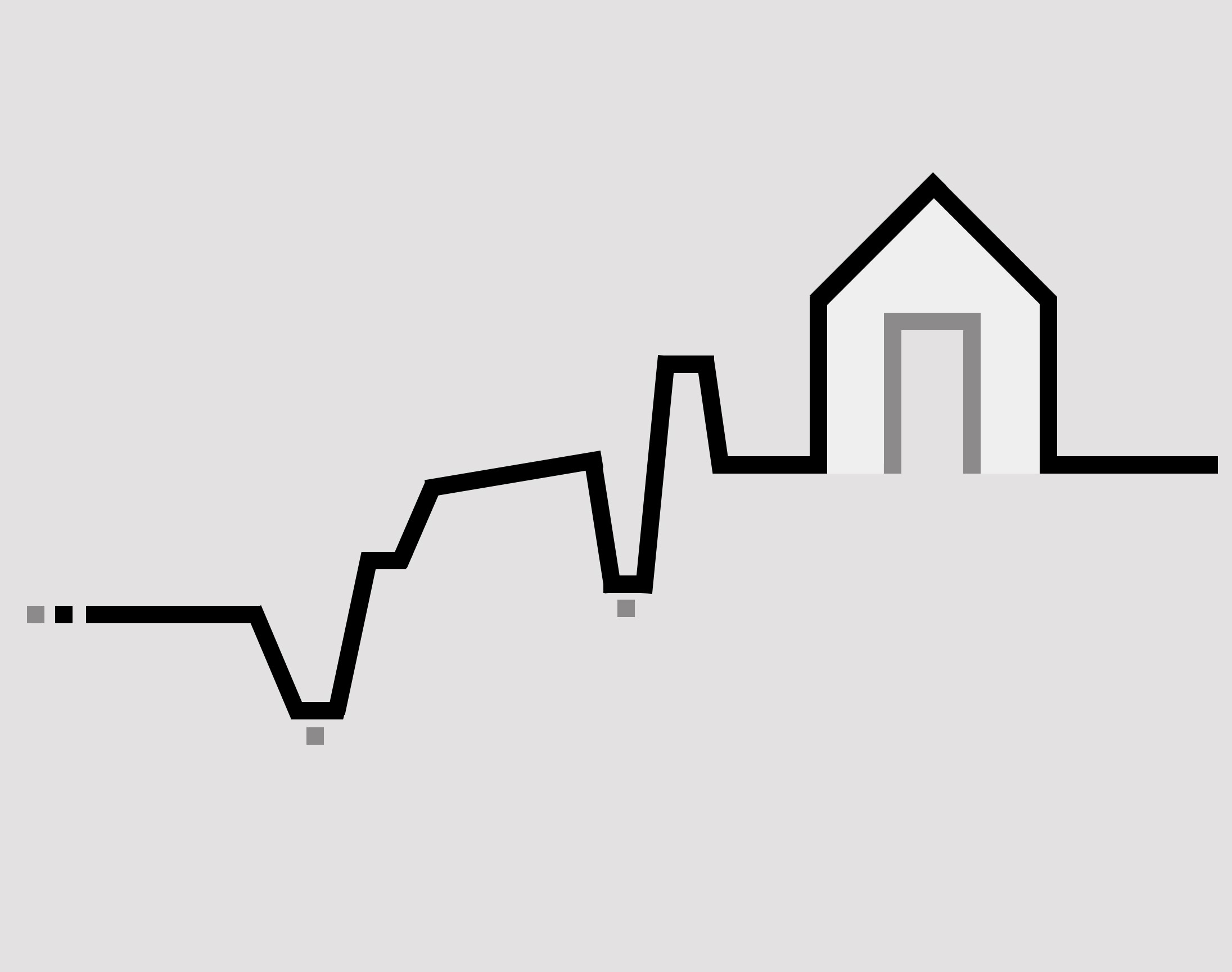
Written by Ar. Zaibaa AK
Beginning on the path of Architectural education, I was trained to develop and hone my creative skills under the guidance of my professors at my school of architecture who encouraged us to participate and engage in abstract exercises, still life object sketches, outdoor sketches and working with various materials of different textures to understand scale, proportion, perspective and the feel of materials respectively.
Semester after semester, the briefs altered/ changed to bigger briefs with more requirements. At the onset of every project brief given to me, I did not have an idea or an image of the final product in my purview. I have realized that with each line I put on paper, it develops with a gradual motion, into a space, which in turn explicates into a desired space/ form or function. To control the form, is probably the second challenge after getting confined spaces with respect to its function and use on the paper. Developments take place at each and every step of the process.
Then, there are certain times where kickstarting the process means not doing anything! Quite literally. Getting inspiration is not hard. I can get inspired by anything. Seeing something that I like, understanding why I like it. Asking myself what element/ aspect could I extract to start the process? For example, taking inspiration from the environment, extracting anything small element from it, could help build an idea. Ultimately, this gives me a clear vision of where and what I want to place on the piece of paper and which eventually helps in creating imagery pieces of my final product.
Different perspectives can occur by perceiving and understanding new experiences of places and people. As Daniel Libeskind, an architect has quoted: “It was that instant encounter with the physical wall (of Ground Zero), with the sky, close to the bedrock, close to the space where thousands had died, and I saw the world in a different way”. He wanted the ‘World Trade Center One’ to be interconnected by energy with other important landmarks in the New York City, to serve as a space to witness the resilience of America, where the twins once stood.
The process of trying to make something that has not existed before is my definition of creativity. Anything is possible at any stage, with ideas flowing in and being organic and non-static, I can never plan out the process accurately. Hence, I would term this as a never-ending process. From another angle, the creative process is also perceived as an evolving process where insights at the beginning of the process are not pre-conceptualized but they rather emerge and constantly evolve. Sometimes they are transformed into something completely different towards the end of the process.
We undergo a revolutionary change almost every day, nothing remains static; buildings, movements and structures have been invented, modified and restored. It is exemplary and commendable to see these dynamic creators link not only the present to the future but somehow even summon the past.
There’s always scope for improvement. I would always ask myself “is this good enough?”. It’s just sometimes, you need to draw a line when you know that the design is fully functionally working and aesthetically pleasing otherwise I could go on and on for ages with the same design.
According to me, ideas that start as an accident could also be taken into valuable consideration, if they can be controlled. So I do like trying out alternative options, it’s a way to broaden my horizons and absorb more know-how with new techniques and concepts, different perspectives and to understand that there are infinite solutions with respect to this particular field alone. You tend to realize that sometimes with mistakes, there could be something that has greater potential than being just too careful. I try to express the importance of stepping beyond my existing boundaries, getting out of my comfort zone and heading onto a different track of thinking to approach problems in a way that would distinguish me as a creative individual from the others.
This is precisely why I do not use the computer in the initial stages of design i.e., the concept stage, the rough sketches of my ideas, etc. because it takes away your personal touch. Giving it your own trademark and your own style can only come from within. Using the computer destroys the potential for creative authenticity allowing you to make less errors thus, hindering the learning path. You tend to lose out on what you could have grasped using your mind and your most powerful tool “your hand”.
Once the concepts and sketches are set onto paper, creating zones of different resolution and detail become easier. Zoning of spaces are made to categorize the activities depending upon the scale of the project and to ensure the comfort of the end user. The feel of different spaces based on function, aesthetics, and utilities should be coordinated either directly or indirectly. Prior to finalizing, I like to do a thorough discussion in my head. Criticizing myself helps me the most, it helps me find out my weaknesses so I can correct it before “sealing the deal”.
Once I’m satisfied with my design, I often find asking myself the question “How did I get here?” and the question does not just resonate on a personal level. From something blank on paper being transformed to something complete yet asking for completeness. The excitement to see some kind of prototype, idea, thought or concept coming to life at a slow and steady pace is surreal. Like a story where you can’t wait to find out the ending!
People and buildings being ever dynamic, non-static, changing, I have huge respect for the creators that adhere to that and find a solution that bridges the gap between the present and the future, yet somehow linking it to the past.
I believe that the world, indeed is a victim of the Architect. Architecture is something you can’t help but feel. Whether the feeling is, making you fall in love with a space or making you uncomfortable, that is the power of an Architect.


